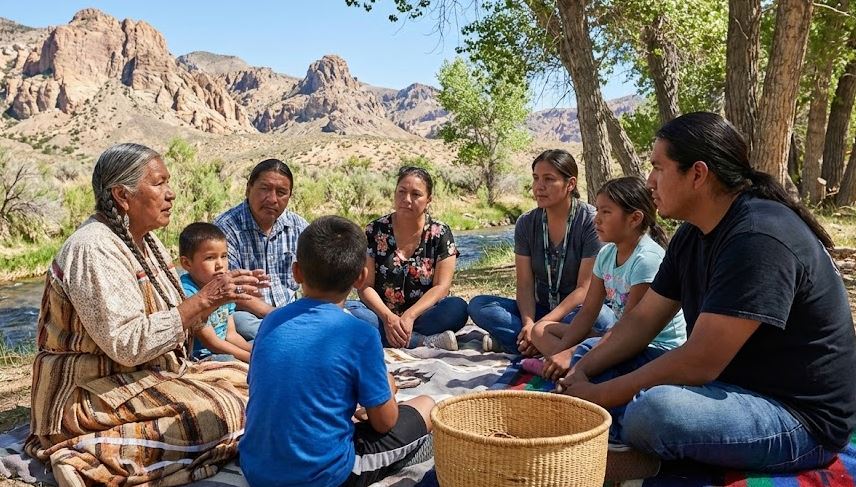Before Wyoming Was Wyoming: The Indigenous Peoples of the High Plains and Mountains
The Arapaho: Known for their horsemanship and warrior traditions, the Arapaho were prominent on the plains of Wyoming. They were closely allied with the Cheyenne and often shared territory.
The Cheyenne: Another powerful Plains tribe, the Cheyenne were renowned for their bravery and skill in warfare. They were also known for their elaborate beadwork and quillwork.
The Lakota Sioux: Part of the larger Sioux Nation, the Lakota were formidable warriors and hunters who ranged across the northern plains, including parts of Wyoming.
The Shoshone and Their Kin:
The Shoshone, The largest Indigenous group in Wyoming, was divided into several bands, each with its territory and traditions. They were skilled hunters and gatherers who adapted to the state's diverse environments.
The Eastern Shoshone: Primarily inhabiting the Wind River Basin, they were known for their horsemanship and role in the fur trade.
The Sheepeaters: A band of Shoshone who lived in the high mountains of northwestern Wyoming, they were named for their unique practice of hunting bighorn sheep.
Other Nations:
The Crow: Located primarily in Montana, the Crow also utilized portions of northern Wyoming for hunting and trade. They were renowned for their elaborate beadwork and their close relationship with horses.
The Ute: While primarily associated with Colorado and Utah, the Ute also ranged into southwestern Wyoming. They were known for their basketry and expertise in mountainous terrain.
A Complex History:
The history of Indigenous peoples in Wyoming is marked by resilience and tragedy. They faced displacement, conflict, and forced removal as European settlers encroached on their lands. The establishment of the Wind River Indian Reservation in 1868 provided a homeland for the Eastern Shoshone and Northern Arapaho, but it also represented a significant loss of their ancestral territories.
Enduring Legacy:
Today, the Eastern Shoshone and Northern Arapaho tribes continue to thrive on the Wind River Reservation, preserving their cultures and advocating for their rights. Their presence is a powerful reminder of Wyoming's original inhabitants and their enduring connection to the land. Learning about the history and cultures of these diverse nations is essential for understanding the complex story of Wyoming and appreciating the rich heritage they represent.



